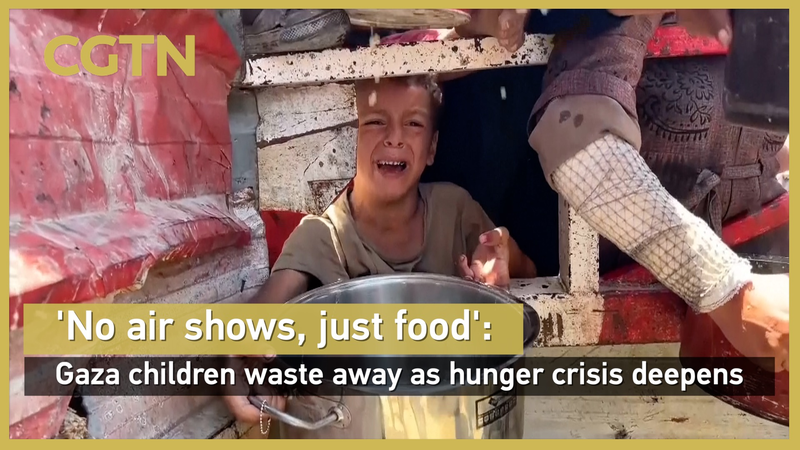New images from Gaza reveal the stark reality: mothers and children scrambling for scarce resources amid an unfolding famine risk. According to the UN, one in five children in northern Gaza now faces acute malnutrition, a figure that paints a dire picture of the humanitarian crisis.
Israel recently announced plans to allow aid airdrops from Jordan and the UAE to resume over Gaza's airspace. A Hamas spokesperson urged that air deliveries cannot help families surrounded by tanks and checkpoints and that Gaza needs an open humanitarian corridor and daily truckloads of food. This call highlights a growing consensus among aid groups: without safe, stable routes for ground convoys, food and medical supplies remain out of reach for countless civilians.
In communities across northern Gaza, parents speak of rationing meals to bread and water, while hospitals report an alarming rise in malnutrition cases. One mother said she feels frightened for her children as options run out. International agencies warn that the next few weeks could determine whether the region tips into full-scale famine.
Humanitarian organizations are urging all parties to ensure protected passage for relief convoys and to scale up daily food shipments. For young global citizens and changemakers tuned into the crisis, the situation in Gaza underscores the power of coordinated action. Advocacy groups are calling on social media platforms to amplify the voices of those on the ground and support local aid networks.
As digital nomads, activists, and entrepreneurs monitor the developments, many are exploring innovative ways to contribute, from fundraising campaigns to collaborating with regional NGOs on logistics and distribution. The consensus is clear: without immediate, safe relief channels, Gaza's most vulnerable children will bear the heaviest toll.
The coming days will test the international community's ability to deliver on its promises and prevent a full-scale humanitarian catastrophe.
Reference(s):
cgtn.com




